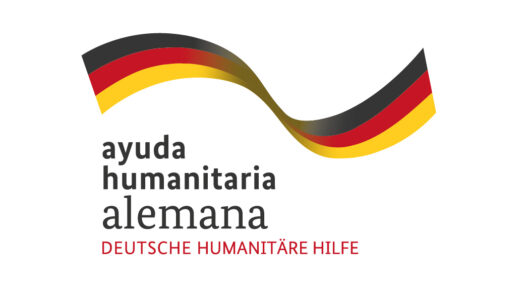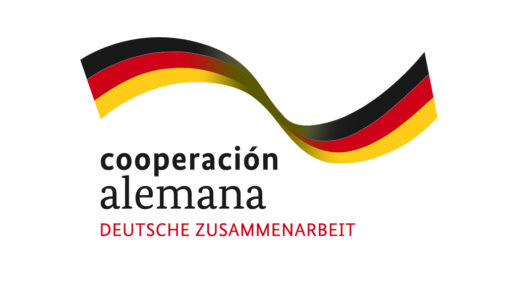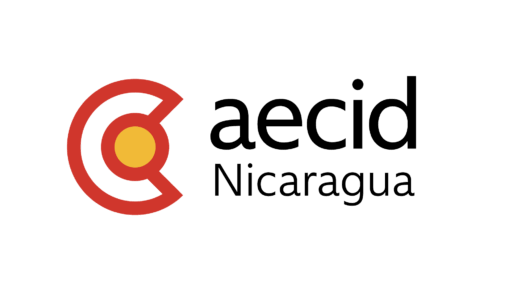
ASB, together with COPECO Honduras, is currently developing a pilot Early Warning System to combat drought in the Dry Corridor
The project began in the municipality of El Triunfo, Choluteca, in 2019 and will continue until 2022 in its first phase, and will directly benefit 20,720 people vulnerable to drought
The ASB, together with the State Secretariat for National Risk Management and Contingencies (Copeco), has launched an Early Warning System (EWS) that will help meet the needs caused by the drought in the so-called dry corridor, which will be a pilot for the Central American region.
The project is being developed through the EWS of the prevention entity in the municipality of El Triunfo, Choluteca, with the regional economic contribution of the Federal Ministry of Economic Cooperation and Development of Germany (BMZ) through the Arbeiter Samariter Bund (ASB), the Foundation for Cooperation and Community Development of El Salvador (CORDES), and the Center for Human Development (CDH) of Honduras.
During the development of the project, the Coordination Center for the Prevention of Disasters in Central America and the Dominican Republic (Cepredenac) will support the project in its regional impact.
With the implementation of this programme, the aim is to strengthen early warning systems so that communities are resilient to drought, both nationally and regionally, and thus contribute to the food and nutritional security of small farmers in the dry Central American corridor who are repeatedly affected by climate change.
Con la ejecución de este SAT, se beneficiarán directamente alrededor de 20,720 personas en Honduras, Guatemala y El Salvador, y el mismo tendrá un costo de 1,466,667 euros, alrededor de 40.8 millones de lempiras, que desembolsará la cooperación alemana por medio de ASB.
The EWS for drought is implemented through four components, the first is capacity building at the local level, based on replicable experiences; the second is the implementation of EWS locally.
The third module will be developed after strengthening the institutional and regional Disaster Risk Reduction (DRR) and National Warning Systems (NWS) to manage drought situations.
Whereas the fourth component will be implemented by civil society organizations that influence DRR, FNS and resilience at local, national and regional levels based on evidence and replicable experiences.
For the implementation of the EWS for drought, Copeco carried out different coordination actions with entities that compose the National System of Risk Management (Sinager), so that it will be provided with all the arguments for its construction, among them the Secretariat of Agriculture and Livestock (SAG), the Honduran Institute of Earth Sciences of the National Autonomous University of Honduras (UNAH) and the Cepredrenac.
Protocols
"The Early Warning Systems will be strengthened, in its four components, generating standardized processes and protocols at the local, municipal, national and regional levels, which will allow decisions to be made with enough time in advance to avoid any loss of life or damage to agricultural investment in the Central American dry corridor," said the head of Copeco's EWS, Juan José Reyes.
The project is endorsed by President Juan Orlando Hernández and promoted by Minister Carlos Cordero to help those who suffer most from hydro-meteorological phenomena, in this case the drought, Reyes said.
Data
The Drought EWS will be developed in the municipalities of the dry corridor in Honduras, Guatemala and El Salvador.
Courtesy of: COPECO






